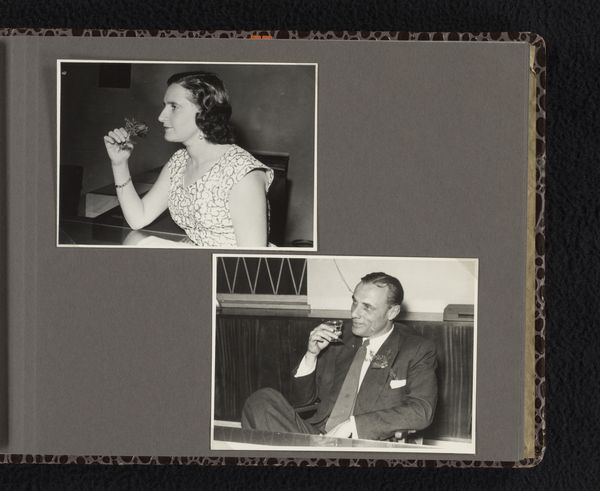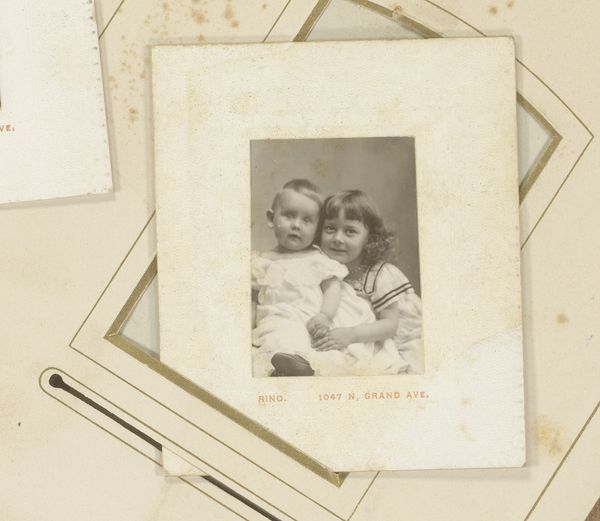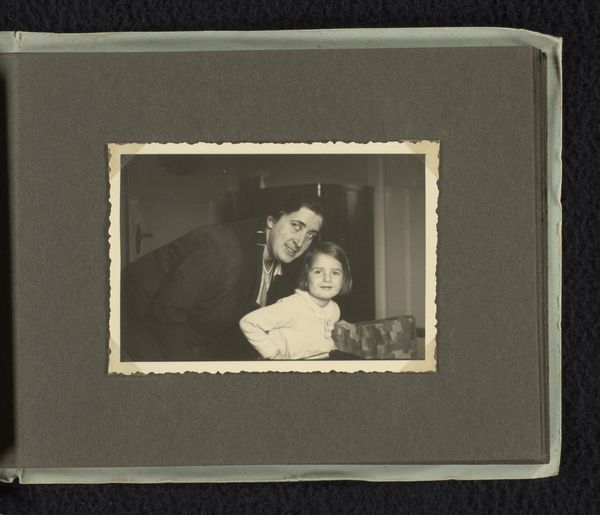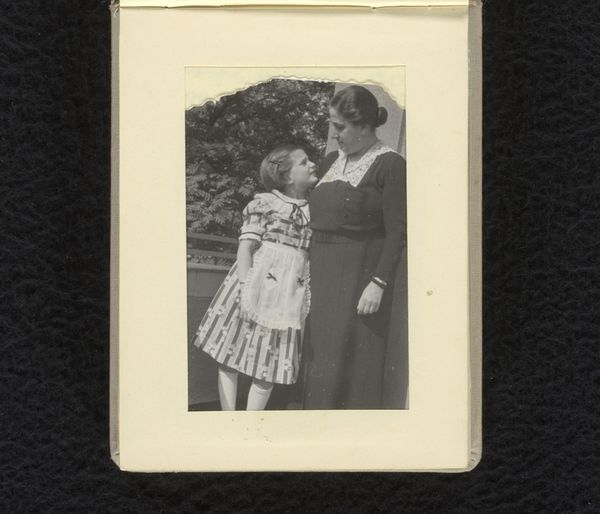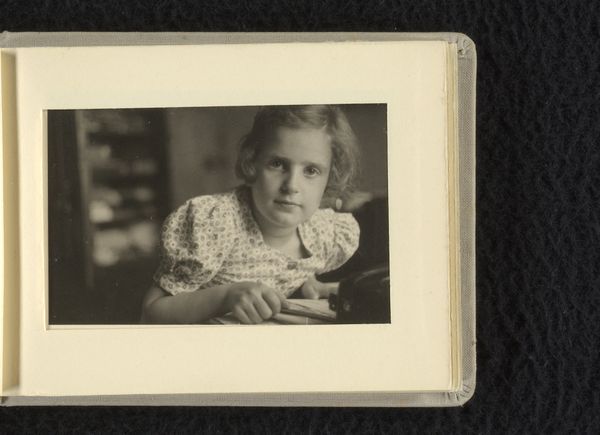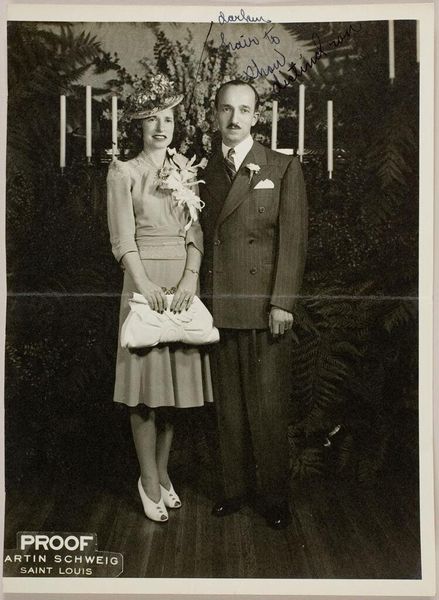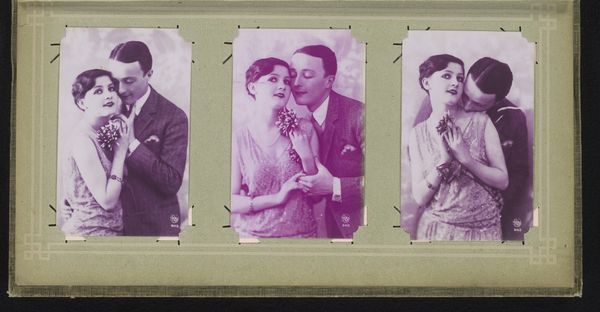
paper, photography
#
portrait
#
still-life-photography
#
paper
#
photography
Dimensions: height 59 mm, width 85 mm
Copyright: Rijks Museum: Open Domain
Curator: It strikes me as intimate and quite moving; the simple, direct connection between father and daughter in the way they gaze at each other is rather potent. Editor: Indeed, there's an undeniable emotional current. What we're viewing here is a photograph titled "Vader en dochter", which translates to "Father and Daughter." The dating places it sometime in the 1960s, printed on paper. And while the photographer remains anonymous, it comes to us by way of the Wachenheimer family profile. Curator: Anonymous, and yet the photographer has captured so much. The act of placing a finger on someone’s nose has layers. Here, the touch suggests playful affection but might also carry undertones of defiance or assertion of self. Is the child challenging him? Showing she can get away with it? Editor: Interesting! Considering the period, it makes me wonder about societal roles. How staged was the scenario and what did it portray about acceptable norms for fathers and daughters in the public sphere at the time? Was this level of paternal intimacy typical or rather aspirational? It could have represented how they wanted to see themselves, even in private. Curator: Absolutely, that's a powerful reading. Black and white photography lends it a timeless, universal quality, elevating a simple moment into something archetypal, echoing throughout time. I wonder about the absence of color— what psychological impact that restriction may have. Does it invite a different reading, a distillation? Editor: Color photography was certainly available but black and white still symbolized a certain level of seriousness, of careful consideration. Looking at the broader context—the rising influence of photography as both a medium for documentation and artistic expression—one wonders how posed or authentic moments truly were, especially for familial archives. Curator: Ultimately, isn't that the dance? The construction of memory and how symbols both reflect and create cultural meaning. It invites us to question what legacies mean, what these interactions mean to each other, generation to generation. Editor: Well said. It certainly offers a glimpse into a world balancing public presentation with a private reality. A touching document of an imagined time and an actual one.
Comments
No comments
Be the first to comment and join the conversation on the ultimate creative platform.

